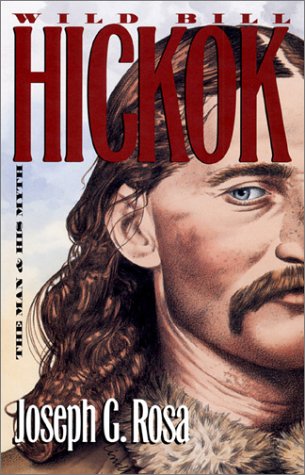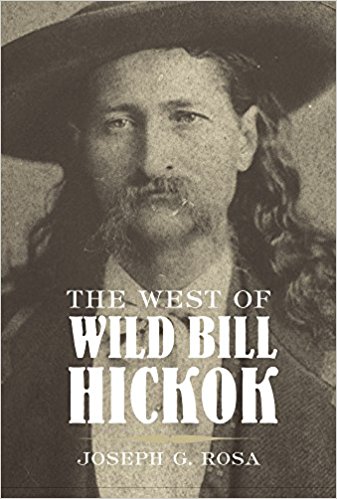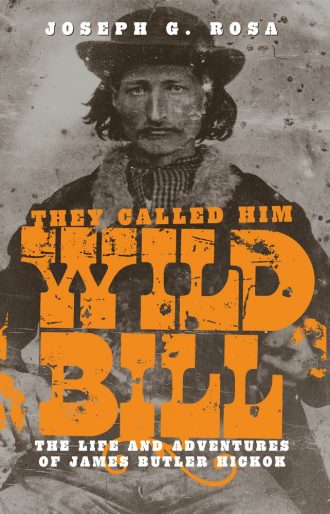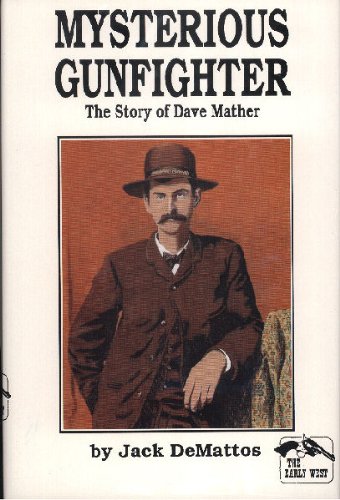Virgil Earp, Western Peace Officer, by Don Chaput, is really the only go-to book specifically for Virgil Earp. Due to the fact that Virgil is widely overshadowed by his more renowned brother, Wyatt, Virgil just hasn’t had as much attention. Fortunately, the one book that we do have is written by the very capable and intelligent Mister Chaput. He is the Curator Emeritus of the Natural History Museum in Los Angeles and is a bit of an expert on many aspects of the Old West . Besides these impressive laurels, he is also great friends and research partner with my favorite Earp historian, Lee Silva. So we know the man runs in good company, if nothing else.
Western peace officer is a fantastic biography, but it’s also more than just a biography. Chaput does a tremendous job of giving more than just a timeline of moves and events. Along the way we get a great sense of character of both Virgil and his wife Allie, as well as a great understanding of their relationship. In the resulting output is a very human picture of who this man was.
Just as Chaput does with the character of Virgil, he does likewise with his environment and the world he interacted with. The author does a great job of conveying just what the times were like and the conditions in which Virgil operated. Often times he uses Allie as a juxtaposition too more deeply understand their current setting, and the reasons how and why they operated, wherever they were.
The only drawback I might cite in this book is that while the author does a great job in telling a respectable story of Virgil Earp’s life, he seems to hold a bit of disdain for Wyatt and often times that bleeds through a little bit in the reading. There are no cheap shots or unfair attacks, but it does sometimes seem unnecessary when he occasionally spotlights some of the differences between Virgil and Wyatt.
If you would like to learn more about Virgil Earp, and really know his story, then Western Peace Officer is the book you need to read.









